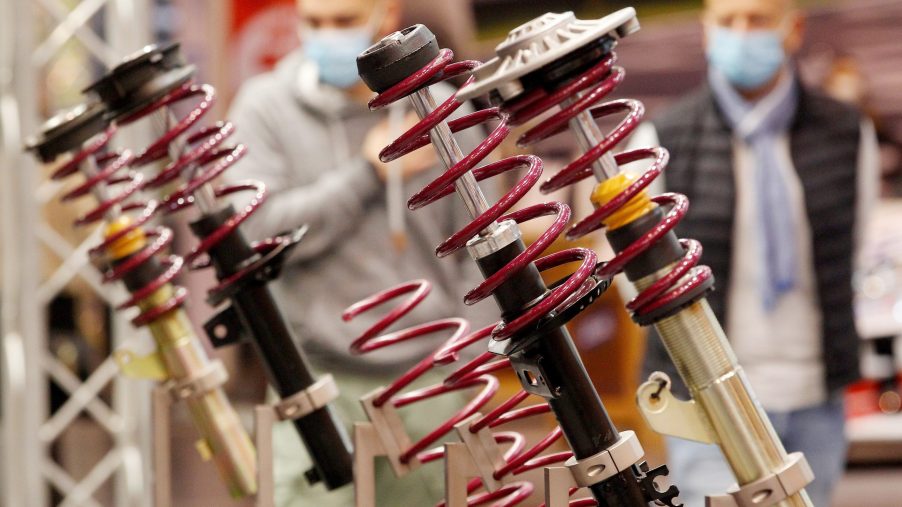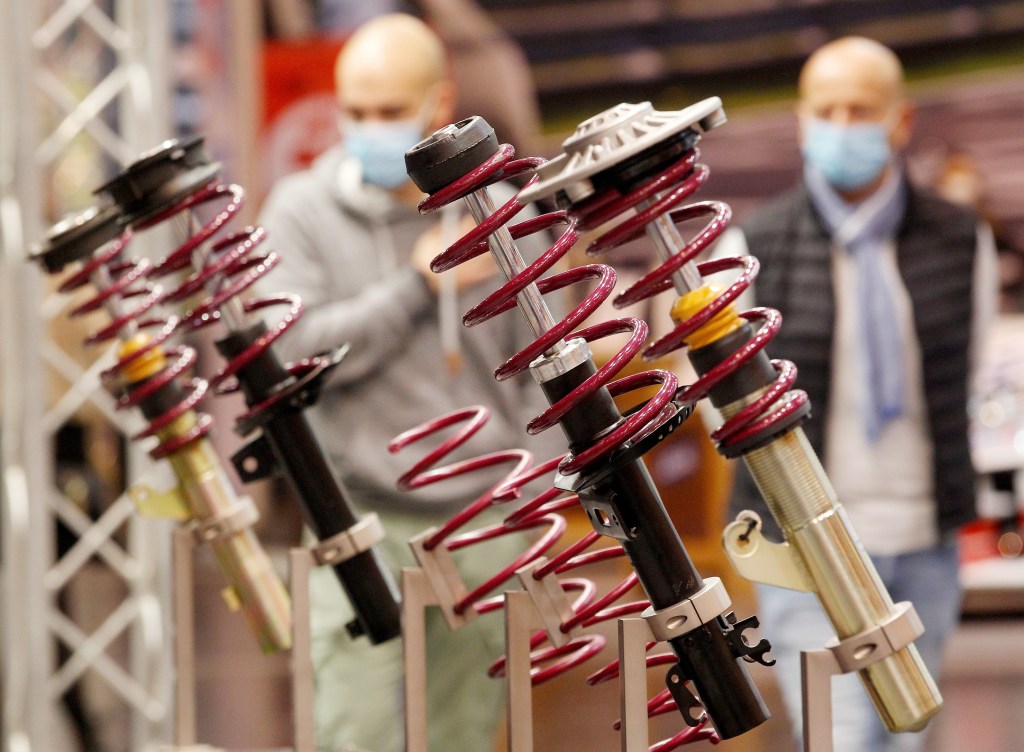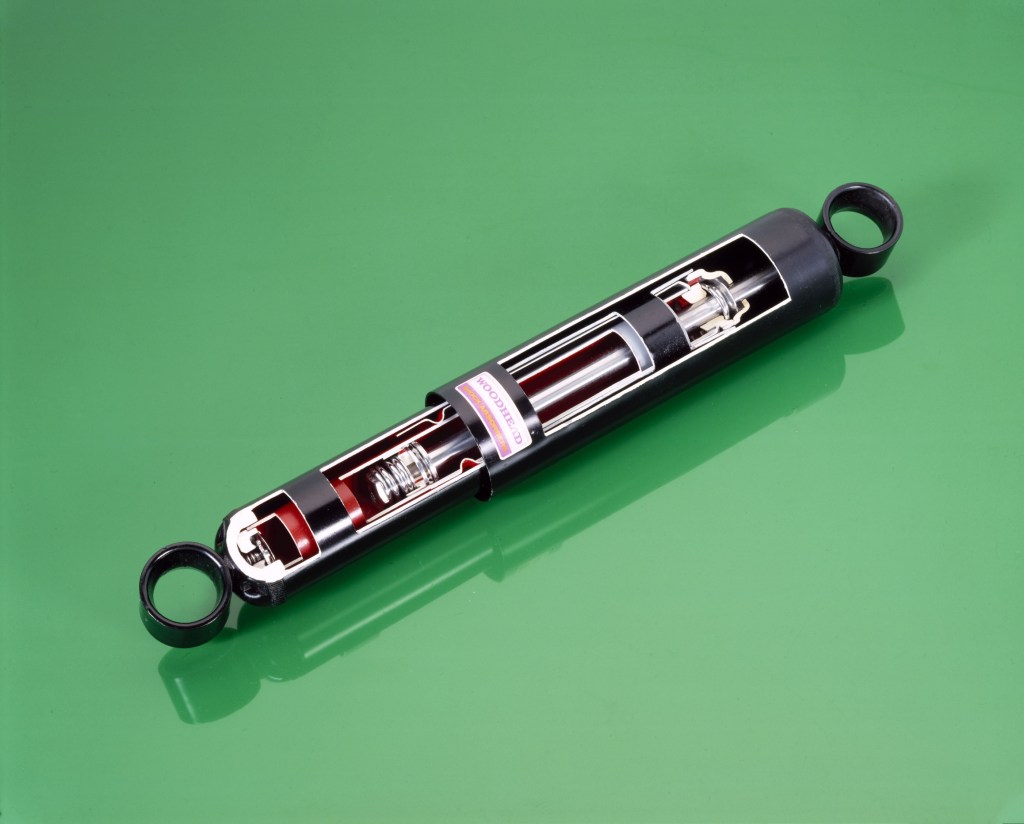
What’s the Difference Between Car Shocks and Struts?
Even if you don’t modify it, your car’s suspension needs periodic maintenance. That means things like occasional wheel alignments, changing out worn rubber components and bushings, and even replacing the shock absorbers. But shocks aren’t universal designs, and that doesn’t just mean brand-specific engineering. Sometimes, you have to change a car’s struts instead. And the differences, though subtle, are significant.
You might be using the term incorrectly

Whether your car is set up for performance or comfort, it relies on an array of interconnected suspension components. And the shock absorbers, or shocks, are a critical part of this arrangement. But they’re not necessarily what you think they are.
When most people hear ‘shock absorber,’ they likely picture something like an extendable metal tube topped with a spring. However, that entire arrangement isn’t the shock. Rather, that term refers specifically to the metal tube. And arguably, the term ‘damper’ better describes what it does, Car and Driver notes. Hence why car engineers generally use that term. More on that in a second, though.
But if that’s the case, why are motorcycle rear suspension setups referred to with terms like ‘monoshock’? Well, it’s because these shocks are technically coilovers. And ‘coilover’ is a shortening of ‘coil-over-shock absorber.’ As in, the coil spring fits entirely over the shock absorber body. So, it’s more accurate to say that coilovers have rather than are shocks.
What do shocks do?

Whether you have the latest Fox shocks, fancy magnetorheological dampers, or a simple monotube setup, they work on the same principles.
Inside the tube is a rod with one or more pistons within a fluid-and-gas-filled chamber. As your car’s tires move up and down, the impacts travel through the springs to the shocks’ top mounts and onto those rods, Car Bibles explains. The pistons, through adjustable orifices, valves, or magnetic fields, slow the rods’ motions. And because shocks are velocity-sensitive, the faster a force is applied, the more they resist it.
That’s why ‘dampers’ is a more accurate term than ‘shock absorbers.’ It’s the springs that really absorb impact forces from road imperfections and tire motion. What the shocks do is control, or dampen, the springs so the car doesn’t just bounce up and down repeatedly over every little bump. Instead, it takes the blow and returns to a level, normal state quickly.
However, shocks don’t just dampen spring motion. They also affect your car’s handling by controlling the suspension’s movement. That means preventing brake dive, acceleration squat, and, with some help from the sway bars, body roll. If your shock absorbers are blown, not only will your car be unstable, but it won’t handle properly, either.
Car struts do more than absorb shocks
At first glance, car struts look identical to shocks—er, damper-and-spring assemblies. That’s because, like coilovers, struts have/are dampers. But while they do the same job, your car’s struts have some extra duties.
Although shocks help the rest of your car’s suspension do its job, struts are structural parts of the suspension, Car Bibles explains. As in, they not only support some of the car’s weight, but they also keep the tire aligned and attach directly to the steering knuckle. If you removed a shock absorber, your car would still handle, albeit poorly. But if you removed your car’s struts, it wouldn’t just ride poorly—it wouldn’t steer or handle at all.
In short, while struts function like shocks in cars, they control more things than just the ride quality.
Follow more updates from MotorBiscuit on our Facebook page.


